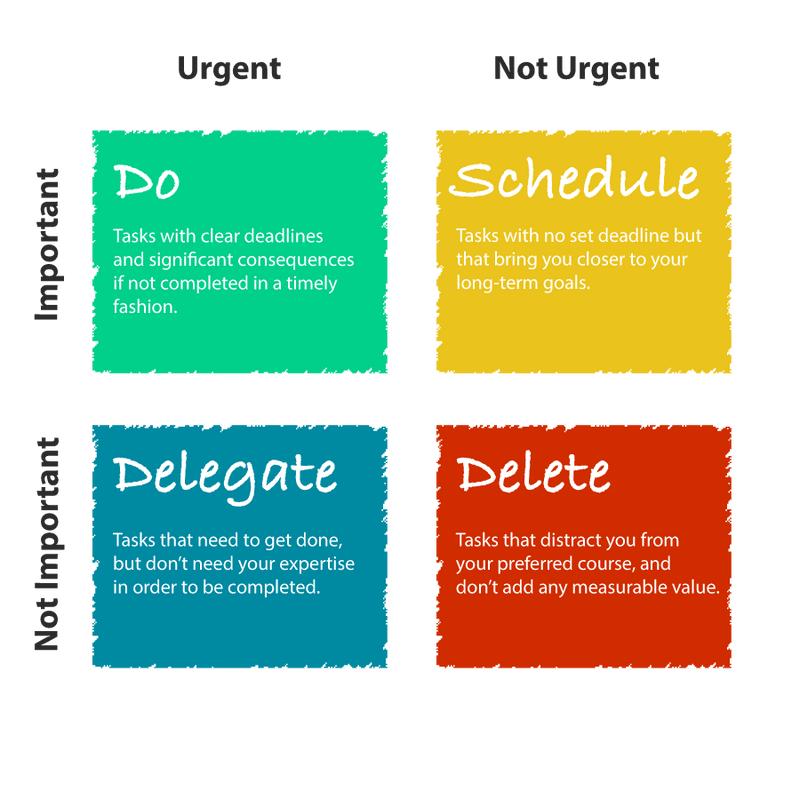In our fast-paced world, staying productive can feel like an uphill battle. We often find ourselves juggling tasks, struggling to meet deadlines, and wondering where the day went. If you’ve ever wished for a magic formula to make your day more organized and efficient, you’re in the right place. In this article, we’ll explore how to create a daily schedule for maximum efficiency, transforming your chaotic days into structured, productive ones. Let’s dive in!
Why a Daily Schedule Matters
Before we jump into the nitty-gritty of scheduling, let’s take a moment to understand why having a daily schedule is essential.
- Clarity and Focus: A well-structured schedule helps you clarify your goals for the day and maintain focus on what truly matters.
- Time Management: Scheduling allows you to allocate your time effectively, ensuring that you prioritize high-impact tasks over low-priority distractions.
- Reduced Stress: Knowing what you need to accomplish can significantly reduce anxiety and create a sense of control over your day.
- Work-Life Balance: A good schedule can help you balance work, personal time, and leisure, making sure you don’t burn out.
Now that we understand the benefits, let’s jump into creating that perfect daily schedule!
Step 1: Assess Your Current Routine
Before you can create a new schedule, you need to know where you stand. Take a week to track your daily activities. Here’s how:
- Keep a Journal: Write down what you do every hour. Note the time you wake up, when you start work, breaks, and when you wind down for the day.
- Identify Patterns: After a week, look for patterns. Are there times when you’re most productive? Are there activities that consistently take longer than you expect?
By assessing your current routine, you’ll gain insights into what changes are necessary to maximize efficiency.
Step 2: Define Your Goals
What do you want to achieve with your daily schedule? Here are some common goals:
- Complete Work Projects: If you’re an employee or entrepreneur, set specific work goals.
- Personal Development: Allocate time for reading, learning new skills, or exercising.
- Family and Social Time: Don’t forget to include quality time with loved ones.
Example Goal Setting:
- Work: Finish project X by 3 PM.
- Personal: Read one chapter of a book each day.
- Family: Have dinner with the family at 6 PM.
Step 3: Prioritize Your Tasks
Not all tasks are created equal. Some will have a greater impact on your goals than others.
- Create a To-Do List: Write down everything you need to accomplish.
- Categorize Tasks: Divide tasks into categories such as urgent, important, and low priority.
- Use the Eisenhower Matrix: This is a great way to prioritize tasks by urgency and importance.
Example of the Eisenhower Matrix:
- Urgent and Important: Deadlines, client meetings.
- Important but Not Urgent: Long-term projects, skill development.
- Urgent but Not Important: Emails, phone calls.
- Not Urgent and Not Important: Social media browsing.

Step 4: Time Block Your Day
Now that you know what you need to do, it’s time to create your schedule. Time blocking is an effective method to allocate specific time slots for each task.
How to Time Block:
- Use a Calendar: Whether it’s a digital calendar or a paper planner, find a system that works for you.
- Allocate Time Slots: Assign blocks of time to each task based on your priority list. Be realistic about how long tasks will take.
- Include Breaks: Don’t forget to include short breaks to recharge. A 5-10 minute break every hour can boost productivity.
Sample Daily Schedule:
- 7:00 AM – 8:00 AM: Morning routine (breakfast, exercise).
- 8:00 AM – 10:00 AM: Work on project X.
- 10:00 AM – 10:15 AM: Break.
- 10:15 AM – 12:00 PM: Respond to emails and calls.
- 12:00 PM – 1:00 PM: Lunch break.
- 1:00 PM – 3:00 PM: Team meetings and brainstorming.
- 3:00 PM – 3:15 PM: Break.
- 3:15 PM – 5:00 PM: Finish project X.
Step 5: Stay Flexible
While it’s essential to stick to your schedule, life happens. Unexpected tasks may arise, or you might need more time for a specific project.
- Build Buffer Time: Add buffer time between tasks to accommodate overruns.
- Review and Adjust: At the end of each day, review your schedule. What worked? What didn’t? Adjust as necessary for the next day.
Step 6: Stick to Your Schedule
Creating a daily schedule is only half the battle; the real challenge is sticking to it. Here are some tips to help you stay on track:
- Set Reminders: Use alarms or calendar notifications to remind you of your time blocks.
- Limit Distractions: Identify what distracts you (social media, noise) and find ways to minimize those distractions during work hours.
- Reward Yourself: Celebrate small victories! When you complete tasks on time, treat yourself to something enjoyable.
Conclusion: Your Path to Maximum Efficiency
Creating a daily schedule for maximum efficiency doesn’t have to be overwhelming. By assessing your current routine, defining your goals, prioritizing tasks, time blocking your day, and staying flexible, you can transform your productivity.
Remember, the key to an effective schedule is not just about getting things done; it’s about working smarter, not harder. So grab your planner, follow these steps, and watch your efficiency soar!

